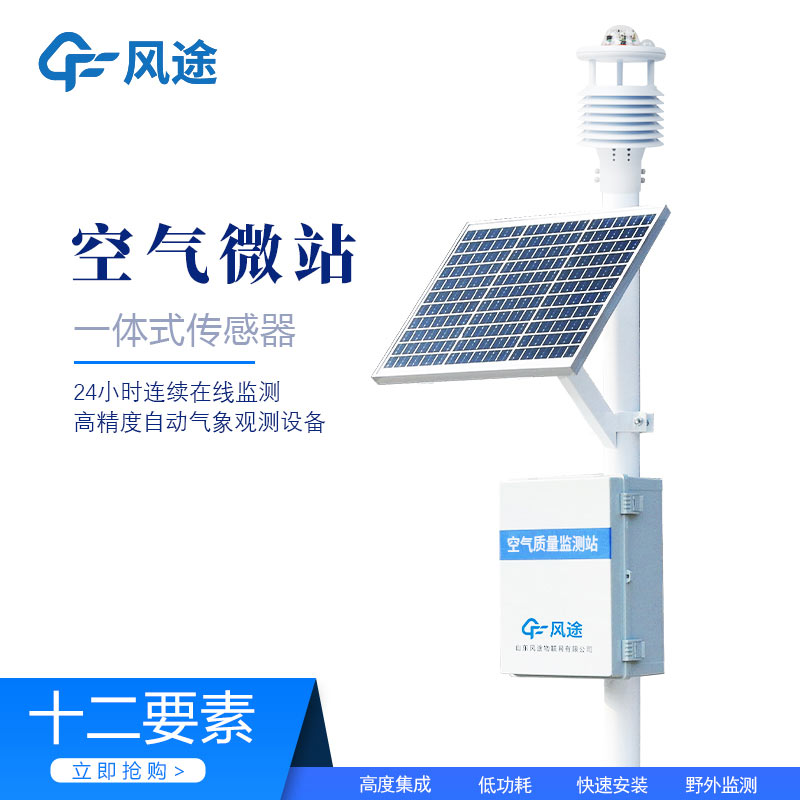Meteorological environment monitoring equipment supplier
Insist on doing high-precision customer favorite technology products
Air quality is a topic of general public concern. air quality reflects the amount of pollutants in the air, which is affected by man-made emissions such as vehicle exhaust, industrial pollution and natural factors such as urban layout, topography and meteorological conditions. issues such as PM2.5, industrial pollution and dust storms directly affect our health. As the quality of life improves, people increasingly want to know real-time air quality data to better protect themselves.
China currently monitors air quality mainly by manual sampling and laboratory analysis, but this method suffers from slow data updating and lack of accuracy. This makes it difficult for environmental managers to quickly understand the pollution situation and affects the timely handling of problems.
To improve the situation, we need to adopt more efficient monitoring technologies. Real-time online monitoring systems can provide timely and accurate air quality data to help environmental managers make quick decisions.
A real-time air quality monitoring station consists of three core components: on-site data acquisition, data transmission and monitoring centre.
Field Data Acquisition: This section monitors key indicators such as carbon monoxide, carbon dioxide, temperature, humidity, and fine particulate matter (PM2.5) in the atmosphere in real time through high-precision sensors.
Data transmission: The industrial-grade DTU device is responsible for establishing a stable data channel between the monitoring site and the monitoring centre. It transmits the collected data to the monitoring centre safely and efficiently through the network.
Monitoring Centre: The monitoring centre is the brain of the system, responsible for receiving, storing, processing and analysing the transmitted data. In addition, it provides real-time data query services to help users keep abreast of the air quality situation.
Open and transparent air quality information also helps to raise the public's awareness of environmental protection and jointly safeguard our environment.
